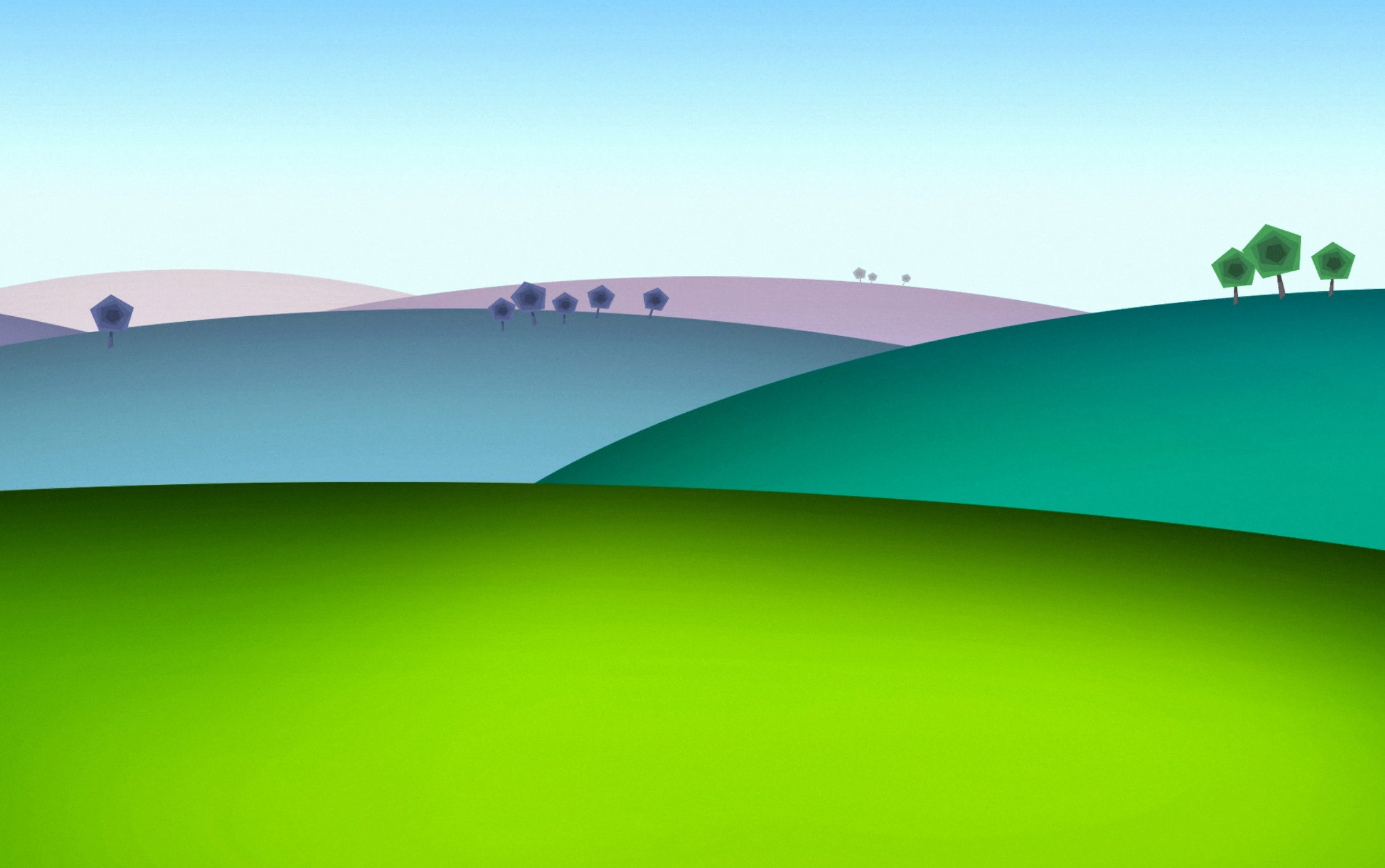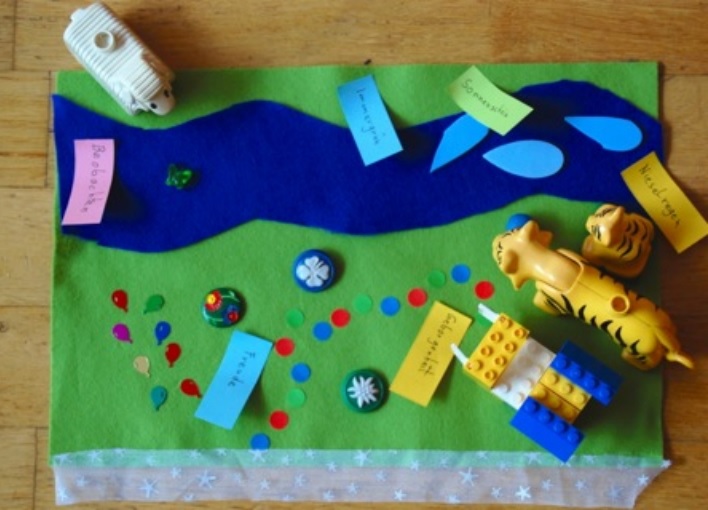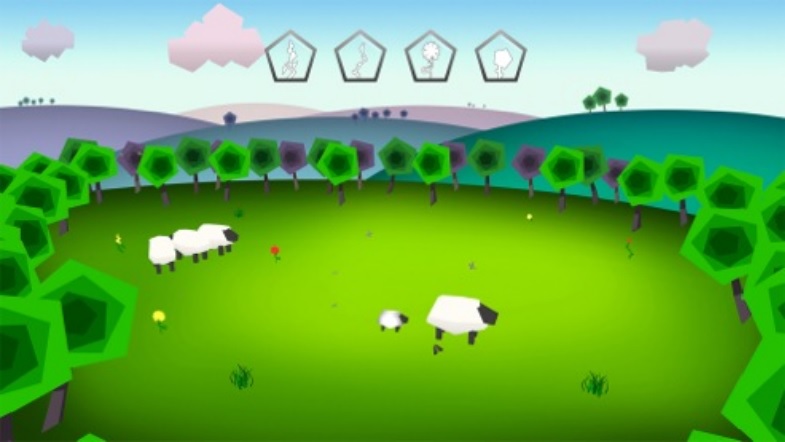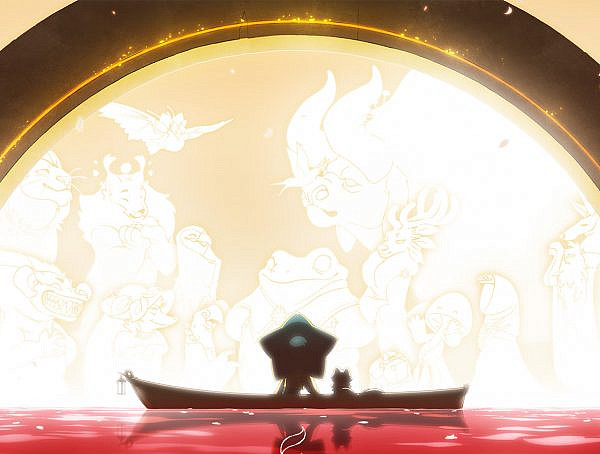Inviting Grief into Games:
The Game Design Process as Personal Dialogue
Sabine Harrer, Henrik Schoenaug-Fog
Sabine Harrer and Henrik Schoenau-Fog examine in their paper the possibilities of turning a game design process into a dialogue between the designer and underrepresented groups. Jocoi is a game that is supposed to mediate the experience of grief over a dead baby. This experience is a rare one in games. The authors worked simultaneously as authors and as game designers and collaborated with a self-help group for parents affected by the loss of their baby. Four informants served as an initial orientation point. The aim was to address some of the informants’ emotional challenges appropriately through a game. The paper begins by listing the reasons for the chosen method. The writers emphasize a paradigm shift from game design as the production of emotion towards the facilitation or mediation of emotion. Secondly, the authors go through the tools and stages. Finally, they highlight learnings from this process. The authors describe a key theme in their own process being the matter of appropriateness of what game designers can do saying it is a matter of balancing between listening and autonomous creative practice.
The authors began by contemplating on what could be the best way to encourage the free flow of personal stories. The game relied heavily on metaphors since metaphorical game design utilizes human beings’ ability to translate an abstract feeling into a concrete metaphorical shape using the concepts of game design such as mechanics, goal conditions, aesthetics, and dynamics. The process begins with a personal experience and moves towards a more specific form.
The first of the grieving game workshops wanted to invite the designers in playful explorations of the experiences of loss. The set of tasks revolved around discovering and modeling the relationship to their babies metaphorically. The metaphor used was a planet where their dead baby lived since planets have a specific, utopian nature and there are no limits what rules would regulate a planet. This made it possible to fuel an emotional exploration. The biggest challenge was that the emotional state of the informants was unclear. Retraumatization was a risk. The matter was sensitive yet the workshops were supposed to stay pleasant.
In the second phase workshop, individual traits of the planets were identified. The informants had time to study each other’s work in order to find each planet’s uniqueness, Models varied for example according to how recently the loss had happened. The planets described as momentary snapshots of the parent’s’ condition.
The following planets were created. The bliss planet includes an implicit rule that life has to be idyllic at all times and potential danger in control. The fireside planet is using a campfire as a metaphor for stillbirth. The fire sheds light to the surrounding objects, which represent both despairs as others represent unexpected bliss. The spontaneous dynamic of the fire different shards is concealed while others are revealed. The sheep planet is a green abundant meadow. The sheep represent the mother watching cheerful tigers representing the dead. The sheep are in observer’s role. The river between used to be made fully of tears but not anymore. The planet includes the constant question of what if the sheep would cross the river to meet the tigers? In the cave planet a son is the cave craving for food and warmth. When the baby is been taken care of enough the parents can leave with a spaceship. The cave represents grief itself which needs enough attention.
After creating the planets the creators had a discussion phase where they drew similarities between the planets. The clearest similarity is a utopia giving the possibility for a symbolic reunion with the dead child. Also, time played an important role as the planets gave the possibility to spend more time on the matters at hand. A third important factor was activity: the game like planets gave a possibility do actually do something with the grief and play with it.
The final planet was called Jocoi and was designed to be a combination of the draft planets. Building the final planet, Jocoi, required to find a core metaphor that would carry the central game logic. The rich symbolism of the first planets made it a difficult choice but the themes and aesthetics of the sheep planet prevailed more than the others.The Jocoi begins with a mother sheep that has a little lamb she needs to take care of. After a tutorial, the game turns into the utopia that is a beautiful sunny meadow in nature. The mouse functions different ways of caring. Right, the mouse button is reserved for the sheep’s own activity such as eating, the left is for the caring of the lamb. In the second phase, the lamb is gone. So are the left mouse button functions as the sheep only screams by pressing the left button? The sheep has to get along by itself now.
Original article:
http://www.digra.org/digital-library/publications/inviting-grief-into-games-the-game-design-process-as-personal-dialogue/
You might also like
More from Game Research Highlights
How do you want to do this? – A look into the therapeutic uses of role-playing games
Can playing RPGs contribute positively to your wellbeing? A recent study aims to find out how RPGs are being used …
Eldritch horrors and tentacles – Defining what “Lovecraftian” is in games
H.P. Lovecrafts legacy lives today in the shared world of Cthulhu Mythos and its iconic monsters. Prema Arasu defines the …
Are Souls Games the Contemporary Myths?
Dom Ford’s Approaching FromSoftware’s Souls Games as Myth reveals the Souls series as a modern mythology where gods fall, desires …


















